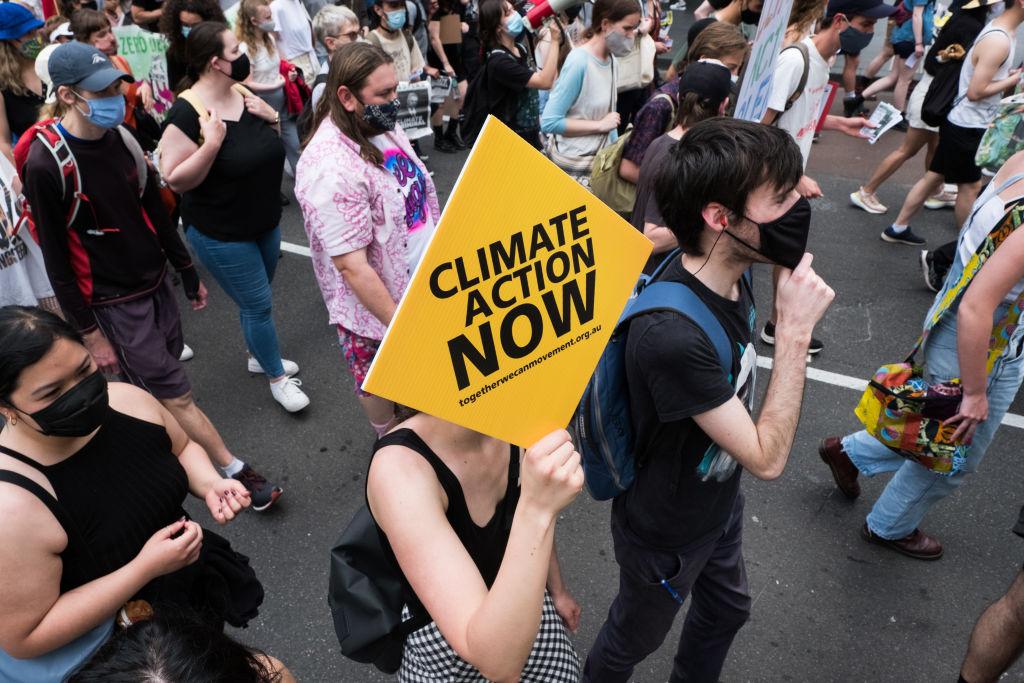Australia’s Climate Change Department has conceded that trying to measure the exact long-term harms individuals may suffer from climate change policy is difficult.
During a Senate Committee hearing into a possible amendment to the Climate Change Act 2022, Labor Senator Karen Grogan probed witnesses throughout the day on what practical methods could be used to measure the health impacts of warming global temperatures.
On Feb. 22, the Senate Environment and Communications Legislation Committee held the day-long hearing on the Climate Change Amendment (Duty of Care and Intergenerational Climate Equity) Bill 2023, which will require lawmakers to “consider the health and wellbeing of children in Australia when making significant decisions.”
Throughout the day, multiple witnesses told the Committee about the physical and mental harm that could come if the world’s temperature were to increase.
“How would an individual decision maker isolate the project-specific impacts of health to future generations?” she asked of the government’s Climate Change Department in the late afternoon.
In response, Bruce Edwards, division head of Nature Positive Regulation with the Department, said measuring “intergenerational well-being would be quite challenging.”
“I think it’s a more complex matter, because I think if you start getting into trying to assess the overall impact for a [mining] project to an individual level or lifespan, you might get into other benefits from that project, for example, electricity continuity or other things.
“I think, for us, as a regulator, we are going to need a lot of advice, and probably from a health perspective, I'd imagine ... on what would be a diffuse impact for a particular project, and how you draw that direct connection [between the project and alleged climate change harm]—not just here and now, but into the future.
“I mean, that’s probably a longer way to sort of say: we really don’t have the tools to do that.”
Earlier in the day, representatives from medical bodies—big proponents of climate change harm—like the Australian Medical Association and the Royal Australian College of General Practitioners (RACGP), were unable to provide a clear answer for the Labor senator.
“I believe it’s the young people in Australia that have been taking these issues to court, rather than members of the medical profession,” Dr. Catherine Pendrey, chair of the Climate and Environmental Medicine Specific Interest Group at RACGP, told the Committee.
While Heath Darrant, national coordinator of the Australian Medical Students’ Association, said Australia could adopt the United Nation’s Child Rights Impact Assessment Model.
“I know Wales used that in their [Wellbeing of Future Generation Act] that they implemented, which is a similar bill that’s being discussed here today. And New Zealand also uses the same model to come up with criteria on what constitutes an impact on health.”







